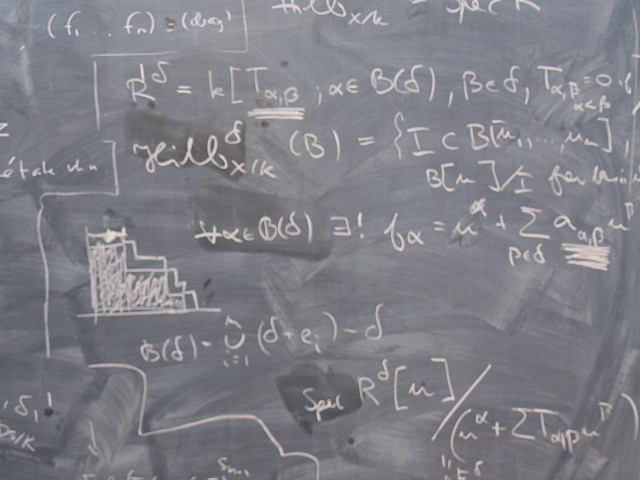After passing the course, the students should be able to
- Define the fundamental concepts: the vector space Rn, linear dependence and independence, linear transformation, eigenvalue and eigenvector, vector-valued functions, partial derivatives, gradient, directional derivative, differentiability, Jacobian matrix and Jacobian determinant multiple integral, surface integral, line integral, curl, divergence.
- Apply the method of least squares for solving over-determined system of equations.
- Find eigenvalues and corresponding eigenvectors and use them in diagonalization of matrixes and to classify conics and quadric surfaces.
- Transform expressions for derivatives under a change of coordinates and use them to solve some partial differential equations.
- Use the gradient to find directional derivatives and tangent planes to level surfaces.
- Evaluate some multiple integrals, line integrals and surface integrals.
- Find the areas and volumes by using multiple integrals and find the length of a curve using integrals.
- Solve maximum-minimum problems for functions of several variables, also constrained.
- Derive some formulas and theorems.
To found a basis for further studies within the engineer education by
- providing practical mathematical skills in using introduced terms
- developing a trust in the own ability to use mathematics
- presenting different methods of proof and illustrating the deductive character of mathematics.
- practicing the ability to communicate with the language and symbols of mathematics
- developing the ability to formulate and analyze relevant problems using mathematical terms
- practicing the ability to follow and carry out logical and mathematical reasoning
- contributing the satisfaction of mastering mathematical terms and methods and in experiencing the beauty and logics of mathematics
After passing the course, the students should be able to
Fundamental concepts
use the fundamental concepts of linear algebra and calculus of several variables: the vector spaces Rn, basis, linear transformation, eigenvalue, eigenvector, limit of a function of several variables, differentiability, partial derivative, gradient, multiple integral, surface integral, line integral, curl, divergence.
Usage of language
communicate using the language and symbols of mathematics.
Reasoning
perform mathematical reasoning using: implications, equivalences.
Mathematical modelling
set up mathematical models and problems expressed in terms of the fundamental concepts.
Problem solving
use classical solution methods of linear algebra and calculus.
Complementary aims
After the course the students should have
- Enhanced their study technique so that it is well adjusted to the learning of the mathematical scientific and technical subjects.
- Insights on how mathematical tools and thinking can be used in the further education and future professional life.
